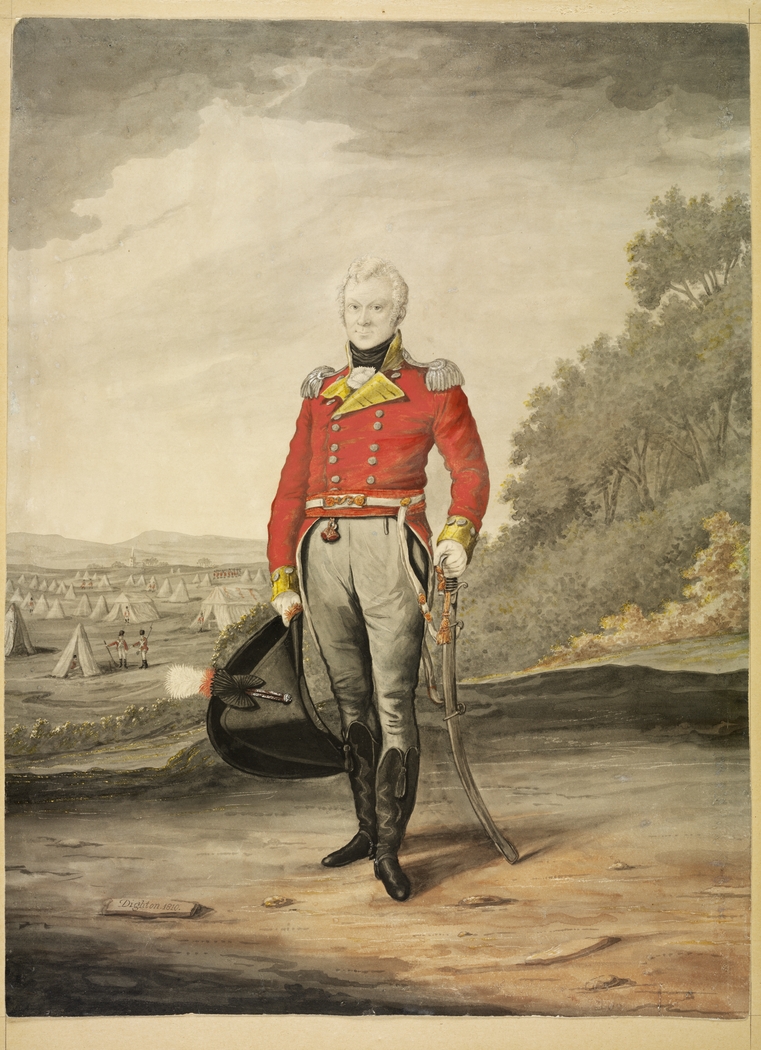Castle Hill Rising was an 1804 rebellion staged by convicts in the British colony of New South Wales, Australia. In the 1700’s, British prisons were overcrowded. The British government first established New South Wales in 1788 as a penal (prison) colony. The first settlers were prisoners and their guards. The convicts constructed buildings, roads, and bridges. They established farms, families, and businesses. If they behaved well, they were awarded tickets of leave, which allowed them to settle in other towns while serving their sentences. In some cases, convicts were pardoned. However, many convicts tried to escape.


The Castle Hill Rising began on March 4, 1804, when convicts from a government farm at Castle Hill, near Sydney, broke out and seized firearms and ammunition. Major George Johnston took soldiers of the New South Wales Corps from Sydney, and the two opposing forces met on the Windsor Road, near Parramatta, on March 5. Johnston called on the rebels to surrender. Many of the rebels were Irish political prisoners, some of whom had been sent to Australia for supporting a rebellion in 1798 against British rule in Ireland. The rebels remained defiant. They replied they would have death or liberty. The troops opened fire, and the rebels broke and ran. The troops captured the rebels over the next three days. Nine of the leaders were executed, and 34 others were sent to Coal River in Newcastle, Australia.
See also Convicts in Australia .
